Here’s what the Etheree poetry form is:
An etheree, taking its name from the deceased American poet Etheree Taylor Armstrong, is a simple poem form in which every line’s length (in syllables) is decided by which line it is.
As such, it starts with a one-syllable line, then two, then three, et cetera, culminating in a final ten-syllable line.
So if you want to learn all about the Etheree poetry type, then you’ve come to the right place.
Let’s jump right into it!
- Diamante Poetry Form: Splash Words In Shapes
- Minute Poetry Form: Etch Quick Impressions
- Cinquain Poetry Form: Paint With Words
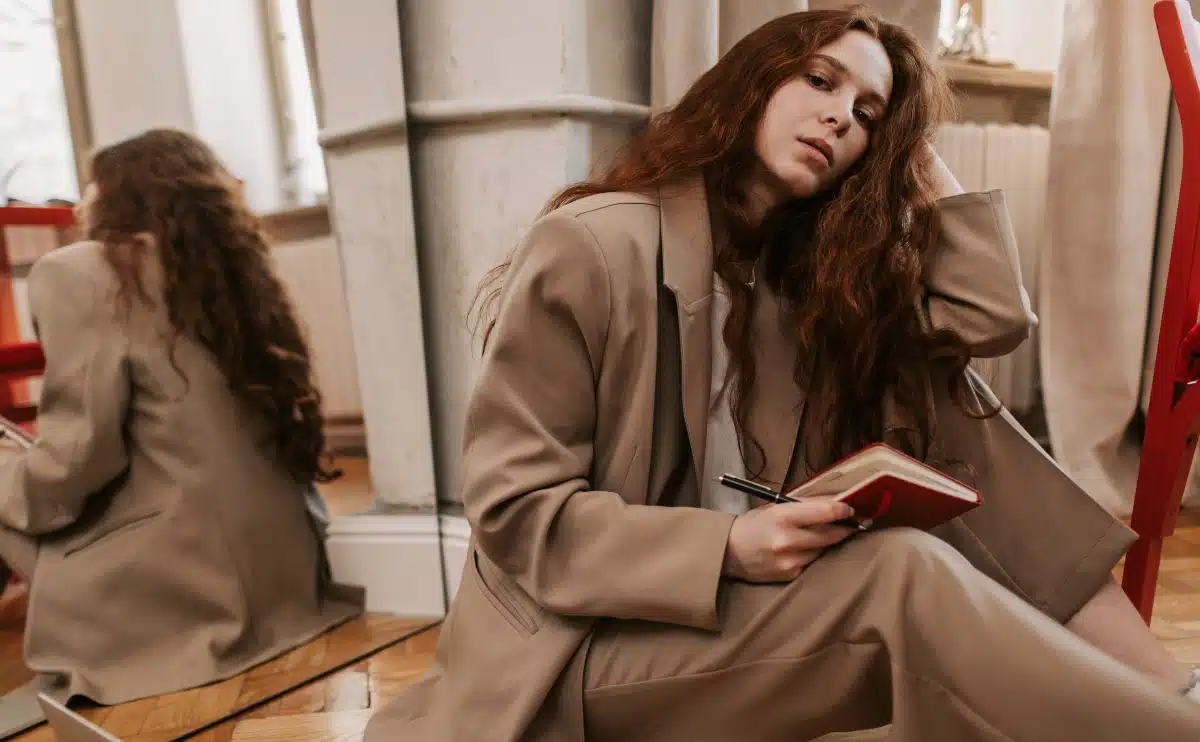
Forms of Poetry: Etheree
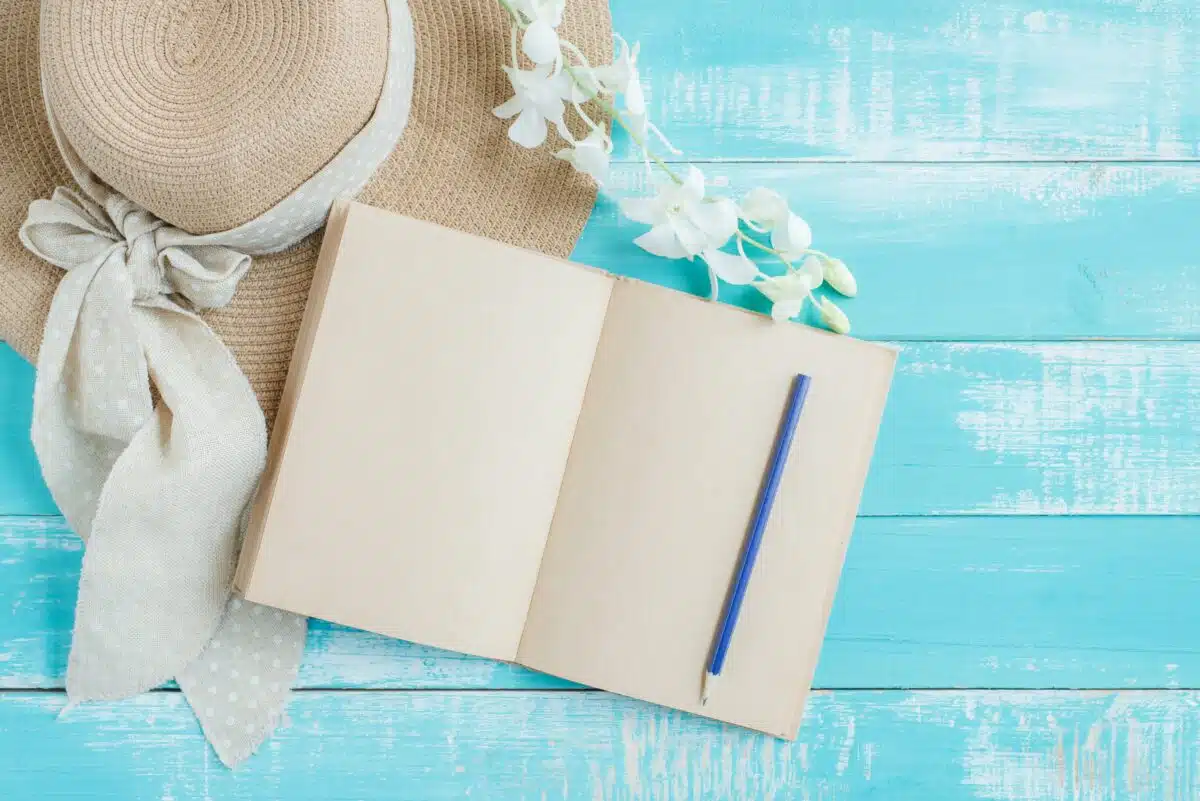
Etherees are simple 10-line poems in which each line has a number of syllables equal to the line number.
They get their name from the creator of the form, Etheree Taylor Armstrong (1918-1994), a poet from Hot Spring County, Arkansas.
As with many 20th century forms, there is no emphasis on meter or rhyme structure.
The rules are strictly syllabic.
Word count is irrelevant.
Poetic devices like assonance and consonance are encouraged.
While the etheree does have a few variations, they all revolve around syllable counts and multiples of ten lines.
The most common variants I’ve seen mentioned, the reverse etheree and stacked etheree, will also be covered in their own subsections in this article, with relevant examples for each.
Basic Properties of an Etheree
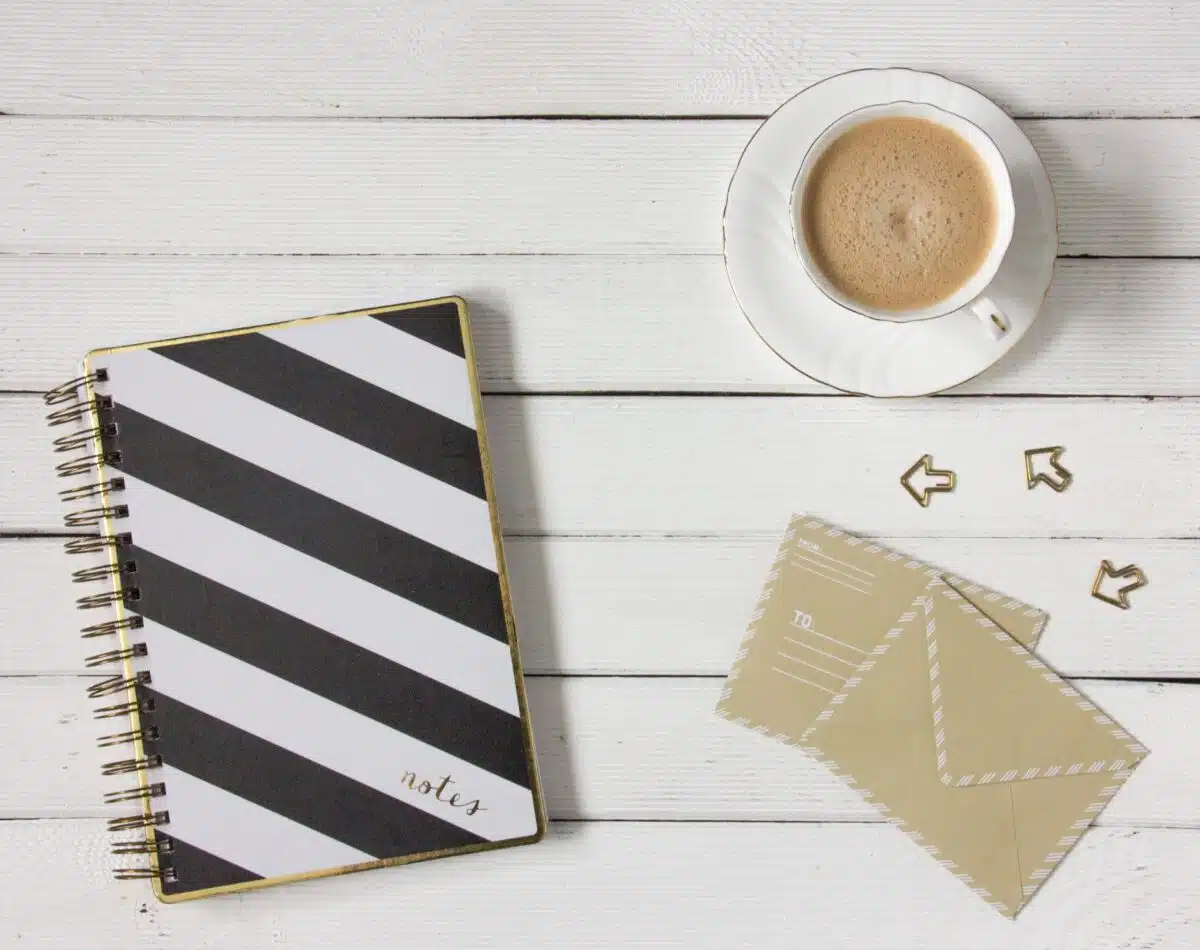
| Rhyme Structure | Optional |
| Meter | None |
| Origin | 20th century America |
| Popularity | Appears on various online poetry communities |
| Theme | Varies; tends to focus sharply on imagery |
How Is an Etheree Structured?
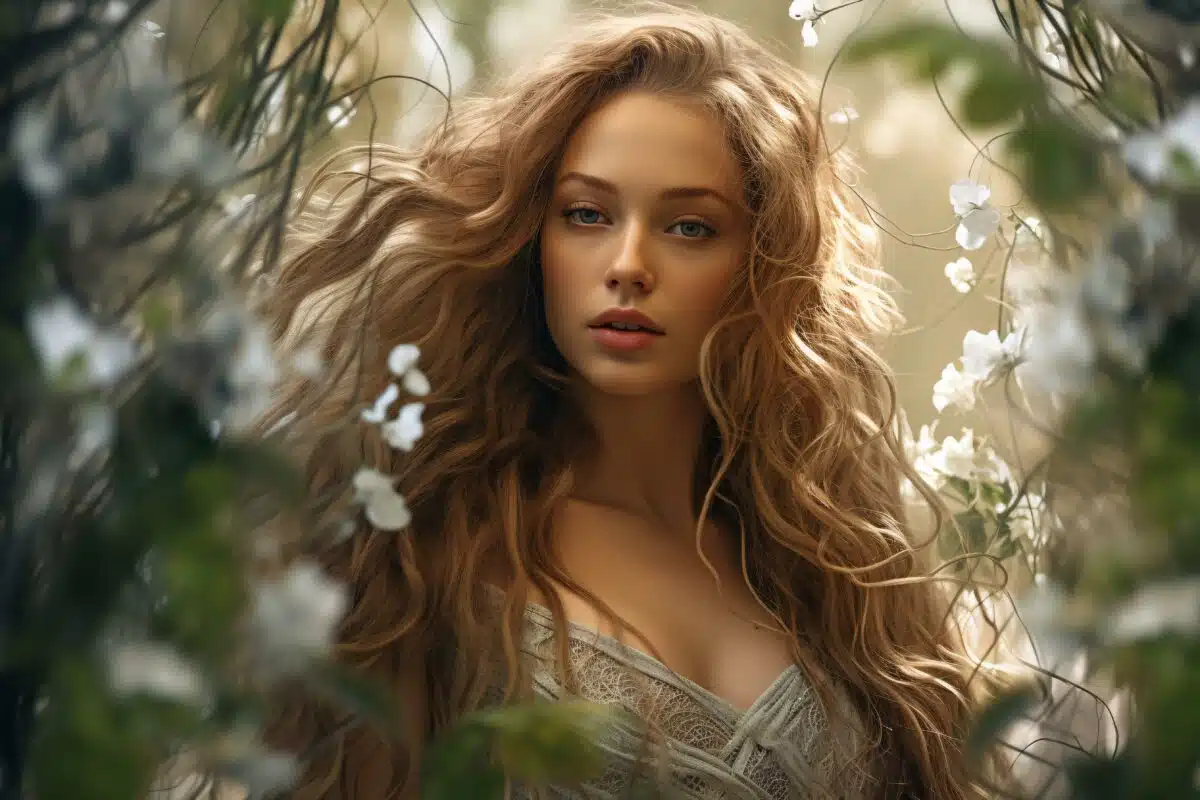
While the etheree can have any number of poetic devices in it (particularly imagery and metaphor), the only standard rule defining the form is the length and number of syllables.
The etheree starts with a one-syllable line, then each subsequent line adds a syllable, resulting in a bottom-heavy structure in which each line has the same number of syllables as the line number of that line.
A standard etheree will always be 55 syllables as a result (1+2+3…).
Note that the etheree does not explicitly call for rhyme schemes or meter.
Both would be a bit difficult to employ anyway due to the enforced variability of the lines.
Remember that ‘syllables’ does not necessarily equate to ‘words.’
This can make the first few lines particularly challenging, since the first line will only be a single one-syllable word.
As such the main body of thought tends to gather in the second half.
There are a few variants, with the most common being the reverse etheree and the stacked etheree.
Due to the simplicity of the form, it’s relatively easy to come up with variants of it.
Rain
falls fast
where grass grows,
leaving a mist,
the spring’s softest kiss
in silent sounds, so sweet,
complete with crunching of feet
across branches as we hike high
to skies, to hills, to the vaulted peak,
up to the height that we came here to seek.
The above example does employ a significant amount of alliteration and rhyme, but it’s worth remembering that this is just an optional stylistic twist.
Etherees are incredibly flexible due to how small the ruleset is, so it’s relatively easy to make your own spin on the form.
As you can see, the etheree tends to have a clear visual image on the page as the poem spreads out toward the bottom.
Optionally, you could even use a monospaced font to better enforce this structure if you like the visual effect.
Reverse Etheree
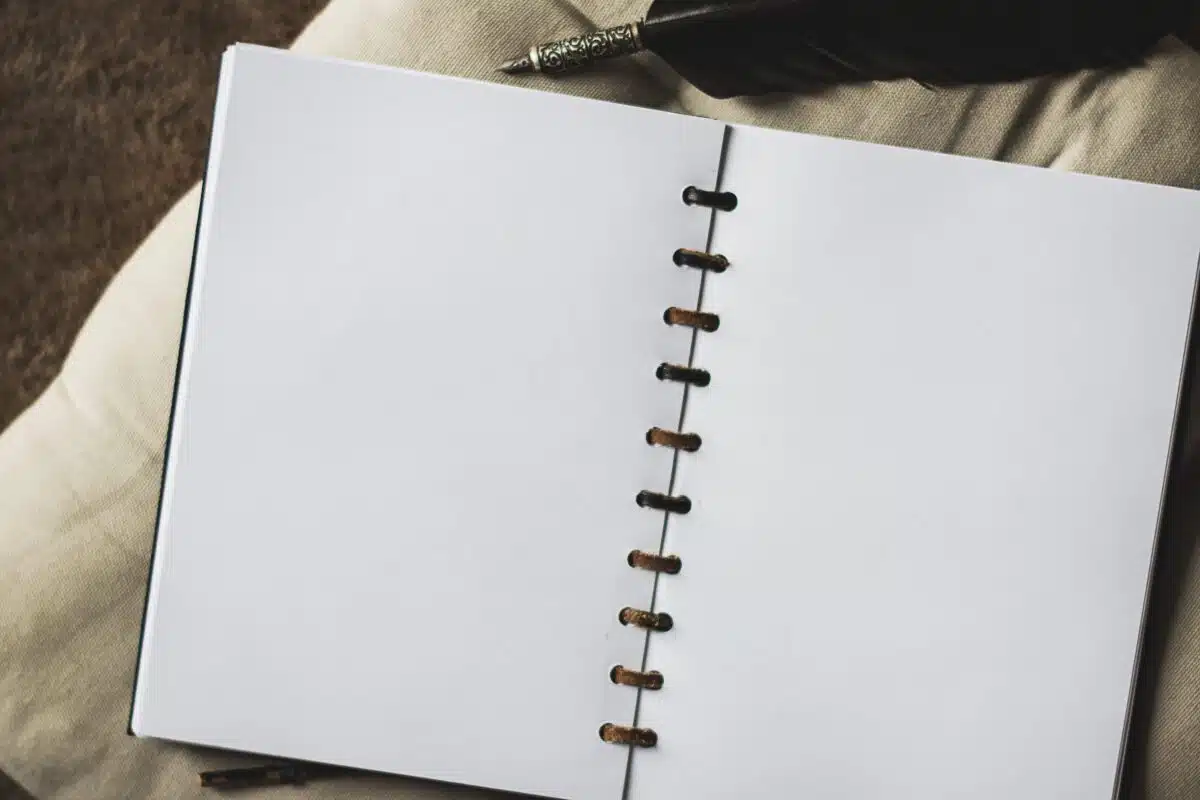
A reverse etheree, as the name would employ, is just the structure of the etheree flipped on its head.
The poem would then start with ten lines, then work its way backward.
Just as the standard etheree is bottom-heavy, the reverse etheree ends up top-heavy, demanding special forethought in what words you can use to keep the ending meaningful.
In groups of three we walk upon this shore
scanning the water for where she was
only to see and hear nothing,
just crashing waves out there.
Hope dwindles and dies
as nightfall comes.
Our daughter
never
came.
Due to the way the poem trails off, it presents an opportunity to use thoughts that come together to a single point.
In this case, the poem starts off with the speaker’s group unsure and searching, then slowly dwindles down to the sad conclusion.
Note that the last few lines will almost always end up working as a unit, since a one-syllable word can only do so much work by itself.
It can be helpful to think of the last three lines as a single set of six syllables (or the last four as nine, etc.), since this gives you more room to work with mentally.
Stacked Etheree
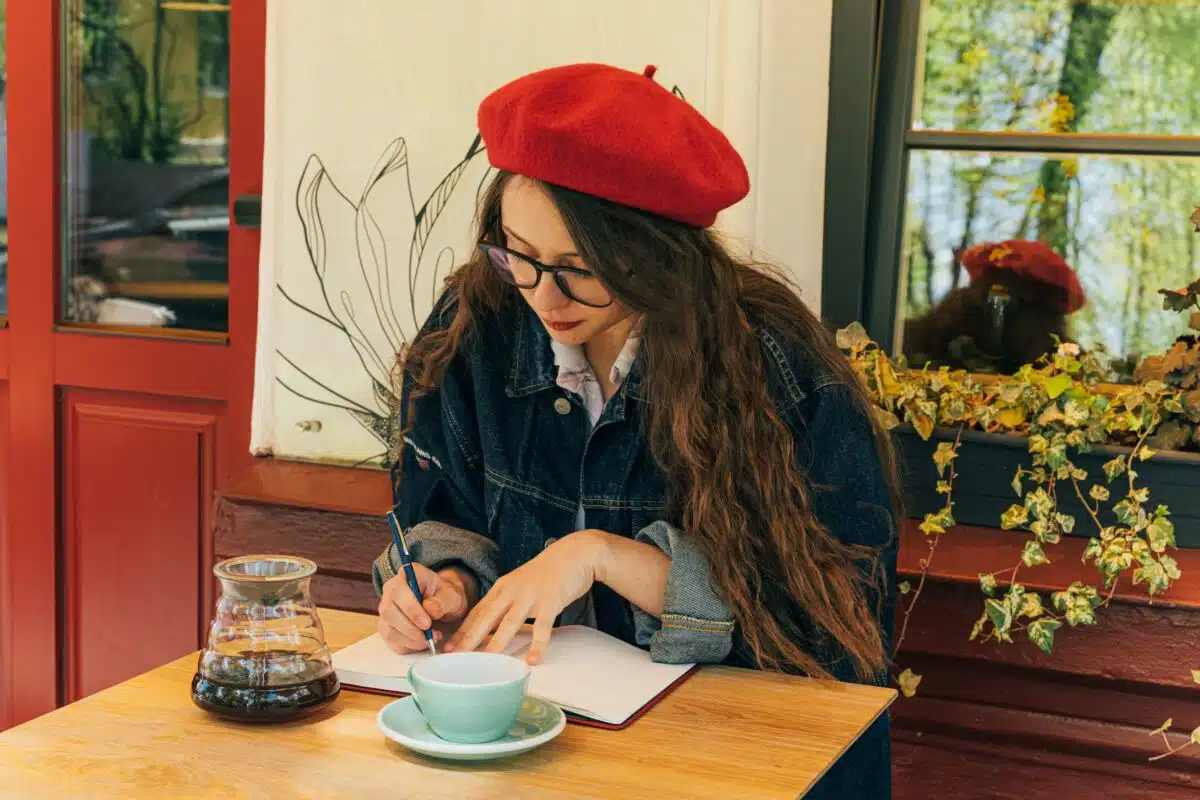
The stacked etheree is, shockingly, two etherees stacked on top of each other.
Okay, perhaps it’s not all that shocking.
This may consist of two ordinary etherees, or a combination of an etheree and a reverse etheree in either order.
How you arrange them changes the effect, but the execution always comes down to the same idea.
One advantage to the stacked etheree is that it can be used to come at the same thought from multiple angles, or to have a poem about two separate thoughts, since the brevity of an etheree usually restricts the narrative range.
Dad
never
asked for much,
content to live
amongst his flowers,
a little more distant
with each gently passing year,
his mind just a bit more addled
each time we came to visit him there,
praying his sanctum might give him some rest.
Vines
gather
like thick ropes
in that garden,
form little nooses
as if to mock our grief,
the horror of finding one
of our own against the old oak,
lifeless and still where once he did love
to pet the leaves and coo at his roses.
The above stacked etheree treats the two etherees as separate but related entities.
The first poem gives us a hint of what’s to come, showing time passing and a man tending to his flowers as his mind slowly degrades.
It’s in the second poem where the emotional hammer drops.
The line “form little nooses” is our first concrete hint that the poem will end in a death.
Note that while the penultimate lines reveal the body, the very last line focuses on the past one last time.
How you end a poem has a distinct effect on the impact it leaves behind.
Tips for Writing an Etheree

Etherees are fairly mild in terms of difficulty.
Focus on imagery, first of all.
With such limited workspace, you’re not going to want to be too abstract, ideally.
If you review the examples, you’ll note that they’re centered around settings.
This is a good way to ground the reader, drawing their focus inward.
How you approach the shortest lines will drastically alter the flow of the poem.
Usually, you’d like the first line of a standard etheree to be eye-catching.
Clearly defined nouns like “vines” and “rain” can certainly help with this.
Note that I purposely started the stacked etheree with “Dad” instead of “He.”
Giving the character a role makes him feel more real and relatable, even without ever revealing his name to the reader.
There’s a meaningful and significant difference between saying “he has cancer” and “my brother has cancer.”
Even in reverse etherees, the short lines will be a sticking point for the poem.
This will usually involve using a little foresight and prior planning to arrange those lines, purposely trying to think of a strong word to end on.
Some abstract words like “love” and “death” are rife with meaning, or you could try ending on another image, ideally one central to the meaning of the poem.
Use the last few lines to contextualize that last word, since it’s hard for one syllable to carry a lot of weight single-handedly, though not impossible.
Observant readers will note that I said “usually” in both instances.
There is another, more unconventional way to approach the shorter parts of an etheree.
You could treat them as ‘disposable,’ in a sense, purposely designed for the reader to gloss over thoughtlessly.

In a standard etheree, this would mean treating the first few lines as if they only exist for context, with the poem really starting on the first crisp image.
Do try to get to some sort of central image or important point by about the third line, though, since starting your poem with ‘filler’ is a bit controversial, as far as technique goes.
In a reverse etheree, the effect of having the last few words act as filler will be that the poem just sort of trails off.
This is usually a bad thing, but if the thoughts of the poem are meaningfully designed to trail off, then you could make it work.
Be aware of the risks though.
As for the longer sections, you can treat those more as you would a traditional free verse poem.
They should be brimming with imagery and emotion, as much as possible, and will be your best opportunity to inject your own techniques and style into the poem.
Those lines will also be where the bulk of the narrative and character development takes place, if those elements are indeed relevant to your particular topic.
Ultimately, this is a very easy form to work with since the ruleset is clear and memorable.
The form leaves a staggering degree of flexibility in its wake, which is perfect for inexperienced writers or for experienced writers who just need a break from more difficult forms.
Always remember that difficulty does not necessarily correlate to quality.
An etheree has every right to be of impressive quality and can have a breathtaking emotional impact just as much as any other form.
It all comes down to execution.
Poet’s Note
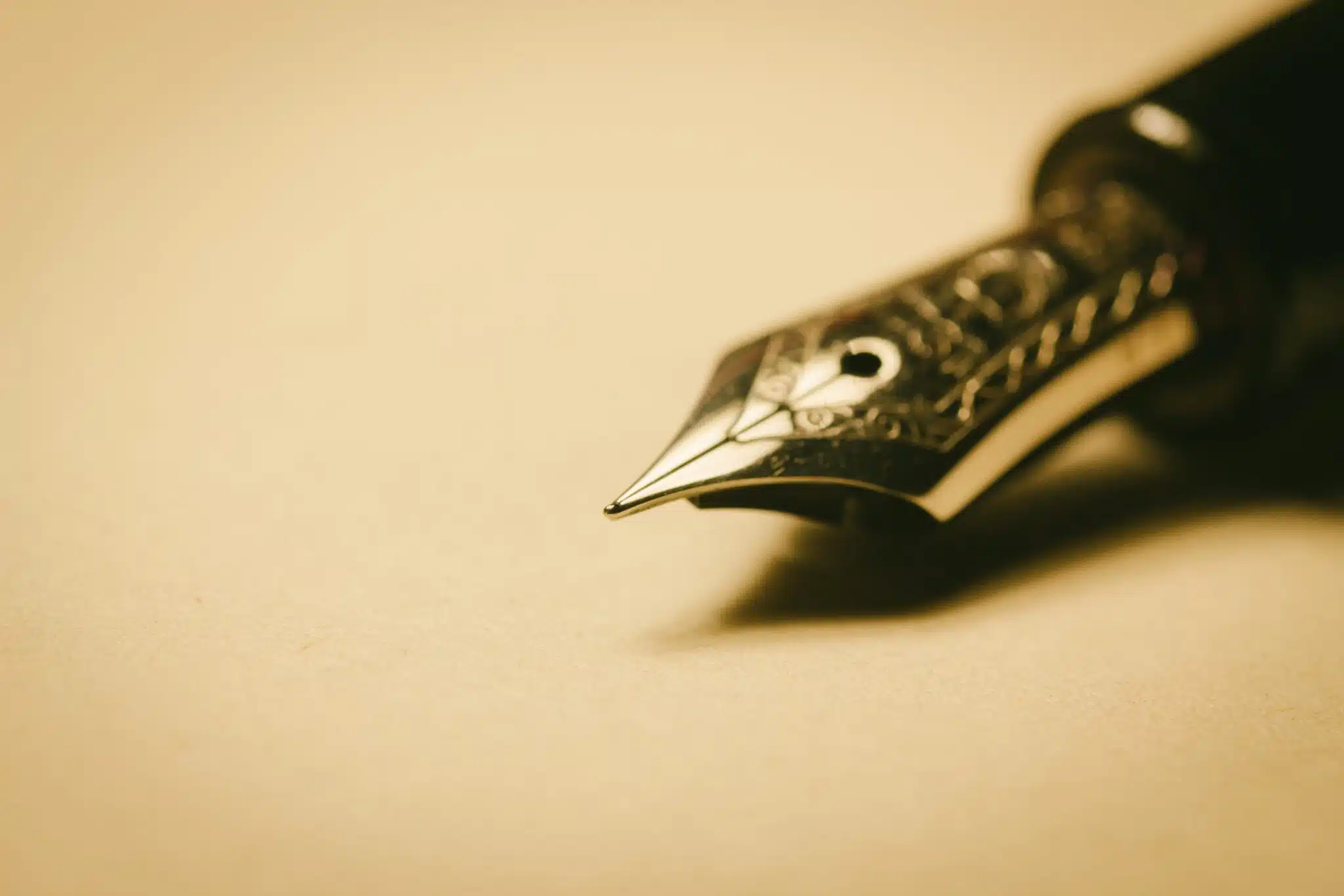
I wish every form were this refreshing.
I think there’s a strong bias among scholars and academic types to value poems that are overly technical, but frankly I’ve always found that way of thinking to be contentious.
Even a poem with no formal structure at all can weave into your thoughts permanently if written well.
What really matters is how sincere and profound the thoughts in the poem are on their own merits.
Art is subjective, after all.
Oh, and this should be obvious, but just because my etherees were a bit dark today doesn’t mean they have to be.
They’re not necessarily poems of mourning.
I’ve just been reading too much Gothic literature lately.
Comprehensive Collection of Poetry Forms: Craft Words Into Art

Dare to traverse the entire spectrum of poetic forms, from the commonplace to the extraordinary?
Venture from the quintessential Sonnet to the elusive Mistress Bradstreet stanza, right through to the daunting complexity of Cro Cumaisc Etir Casbairdni Ocus Lethrannaigecht.
For those with a zeal to encounter the full breadth of poetry’s forms, this invitation is yours.
Start exploring the vast universe of poetic ingenuity with our comprehensive array of poetry forms right now!
